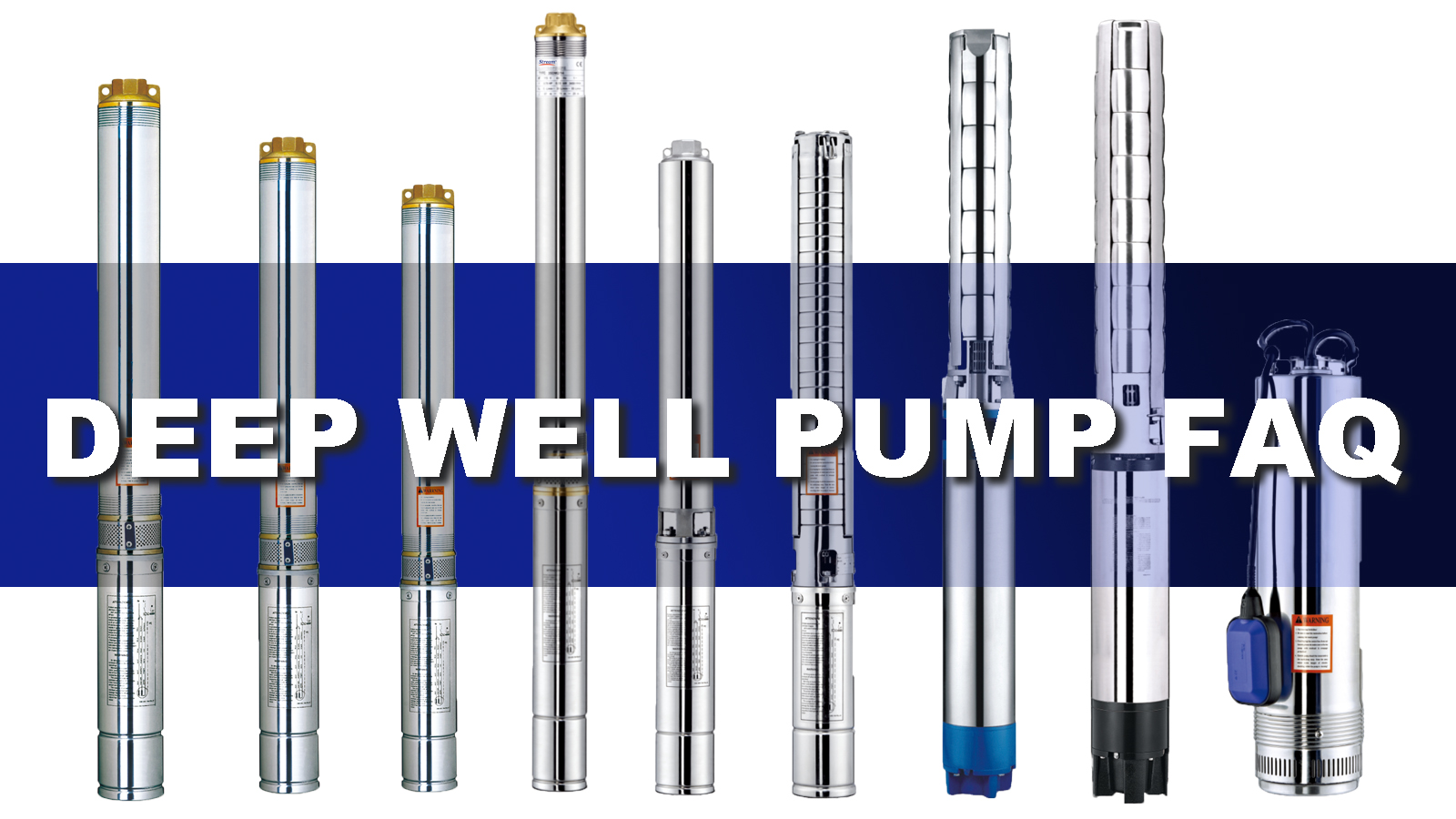+86 13816508465
Product Q&A
May. 21, 2024

1.No Water Flow or Low Flow After Startup
• Insufficient Submersion:
Ensure that the pump is submerged to an adequate depth, and the water level in the well has not dropped excessively, which could lead to air being drawn into the system.
• Blockages:
Check for obstructions in the intake pipe, impeller, or diffuser passages caused by sediment or debris. It's crucial to clean the pump and well before installation.
• Component Failure:
Inspect for a detached impeller, broken shaft, or other assembly issues that prevent the impeller from rotating.
• Pipe Issues:
Examine the discharge pipe for cracks or disconnections that could lead to water leakage and reduced output.
2.Difficulty Starting or Failure to Start
Electrical Problems:
Verify that the voltage is within the required range; low voltage can result in insufficient starting torque.
Check for any broken power lines or blown fuses that could lead to a loss of power to the motor.
Confirm the motor's rotation direction; incorrect wiring may need to be corrected.
Mechanical Issues:
Ensure that the pump has been adequately pre-lubricated with water before startup.
Check the alignment and clearance of the drive shaft and rubber bearings to prevent binding.
Inspect for any obstructions within the pump that could cause the impeller to seize or become stuck.
3.Increased Power Consumption During Operation
Axial Clearance:
If the clearance between the impeller and the diffuser is too small, it may cause friction, leading to increased power usage. Adjust the clearance as necessary.
Packing Issues:
Over-tightened packing can cause excessive pressure and friction. Loosen the gland nut as required.
Bearings:
Worn or damaged motor bearings can contribute to higher power consumption. Replace the bearings if necessary.
Sediment Blockage:
High levels of silt in the water can clog moving parts. Regular cleaning and maintenance can prevent this issue.
4.Excessive Vibration During Operation
Axial Gap:
An improperly sized axial gap between the drive shaft and the well casing can cause vibrations. Stop the pump and inspect the gap, adjusting as needed.
Drive Shaft Alignment:
A bent drive shaft or worn rubber bearings can cause the shaft to wobble. Inspect and straighten or replace parts as required.
Well Alignment:
An uneven well casing can exert pressure on the pump and cause vibrations. Adjust the pump to straighten the alignment with the well.
5.Motor Failure Causes
Water Fill: The motor must be filled with water before submersion. Failure to do so can lead to overheating and damage.
Lubrication: Excessive or insufficient lubrication can cause friction and premature wear. Adjust the lubrication as per the manufacturer's guidelines.
Bearings: Defective bearings can cause excessive heat and friction. Regular inspection and timely replacement can prevent motor failure.
Operational Errors: Incorrect handling or wiring by operators can lead to motor issues. Ensure proper training and adherence to operational procedures.
Installation Issues: Incorrect installation, such as the pump not being submerged below the static water level, can cause problems. Verify correct installation and make adjustments if needed.
Environmental Factors: The pump's operating environment, including water chemistry and sediment content, can affect motor life. Regular maintenance and cleaning can help mitigate these effects.
6. Precautions
Before submerging the submersible motor, it must be filled with water to ensure proper operation and prevent damage.
During installation, the water intake of the pump should be positioned at least one meter
Below the dynamic water level, and the lower end of the motor should be at least one meter above the bottom of the well to function effectively.
If the deep well pump is not in use for an extended period, it is important to release the water from the motor, clean the exterior, apply antirust oil, and store it in a clean, dry area free from chemical corrosion. If the motor's interior is filled with water, it should not be
Stored in environments below 0℃ ; the water must be drained to prevent the motor from freezing and cracking.
In wells with high sand content in the water, it is not advisable to install and use deep well pumps due to the potential for increased wear and other operational issues.
Previous: A Deep Dive into Submersible Pumps
Next: Water Pump Encyclopedia
Address
No.17 XeDa Jimei Ind. Park, Xiqing Economic Development Area, Tianjin, China
Telephone
+86 13816508465
QUICK LINKS